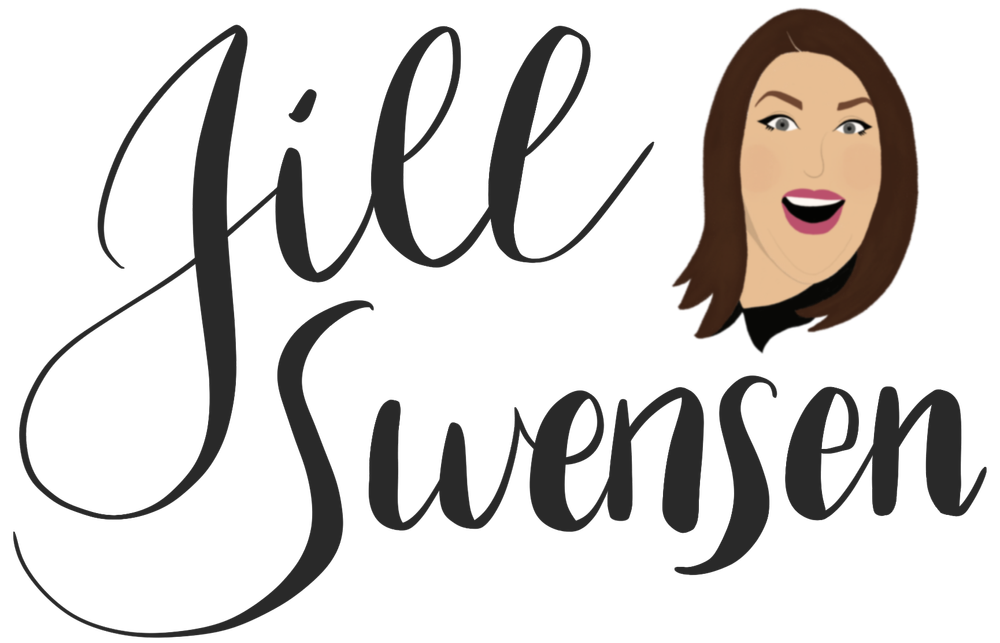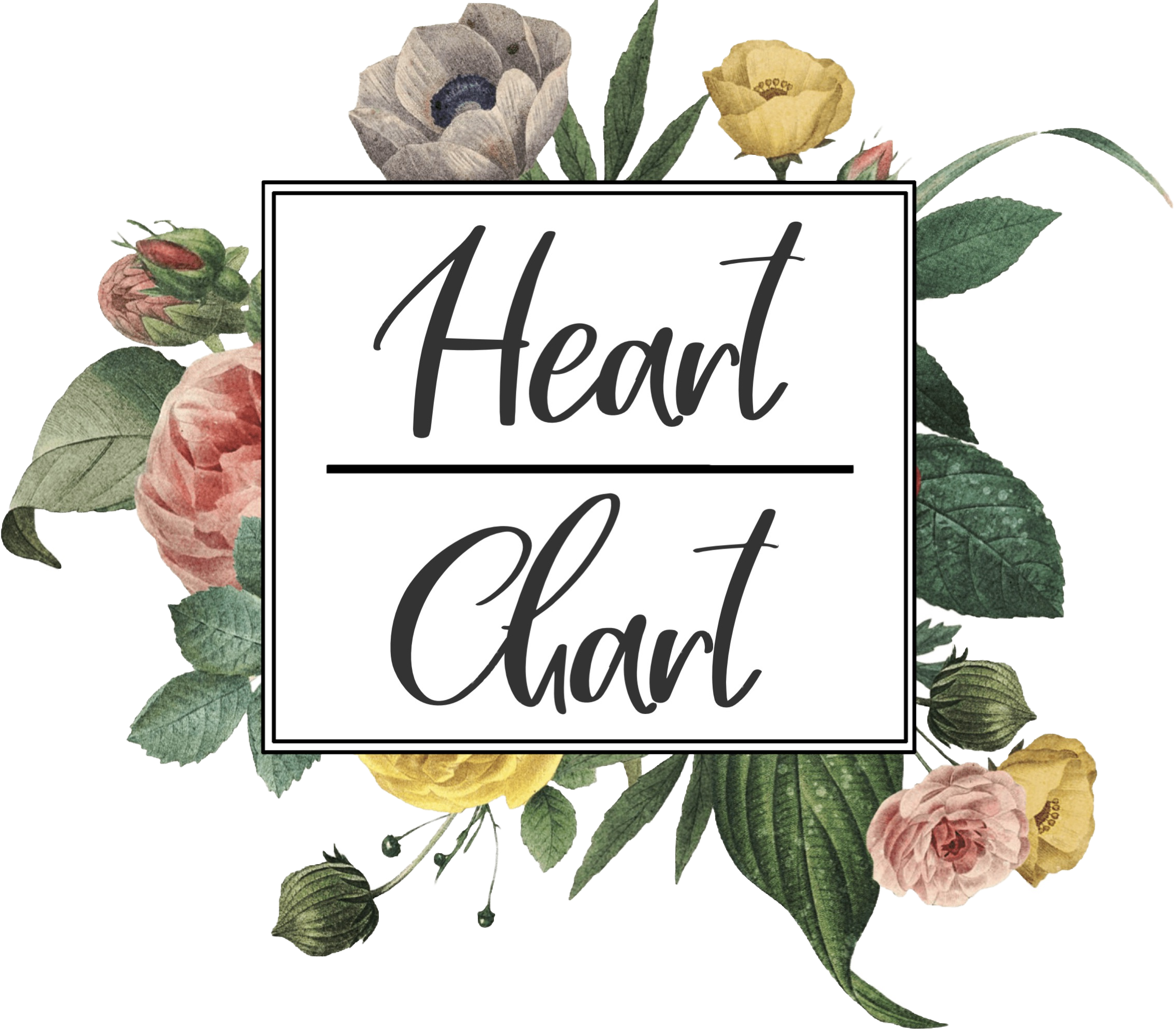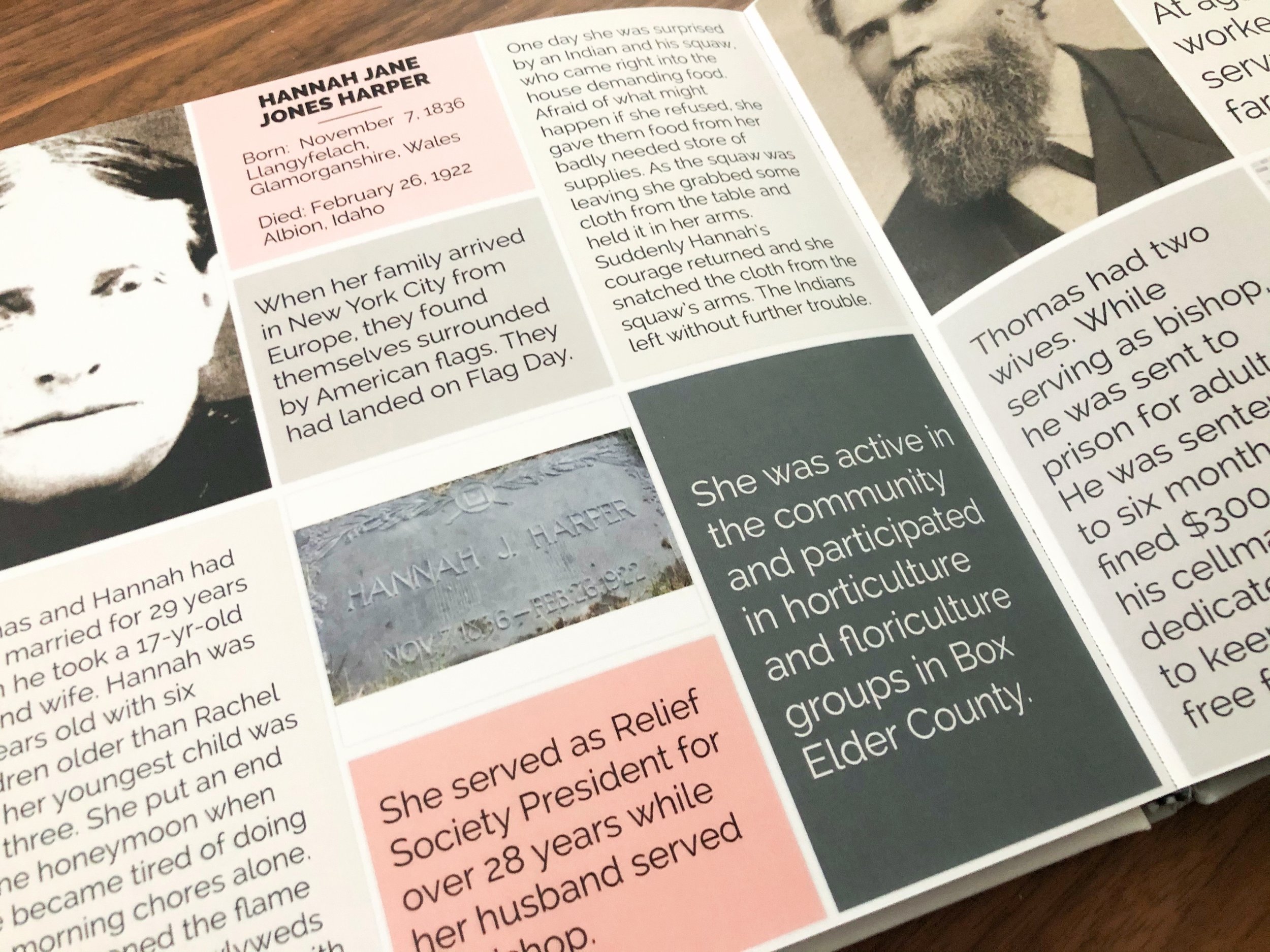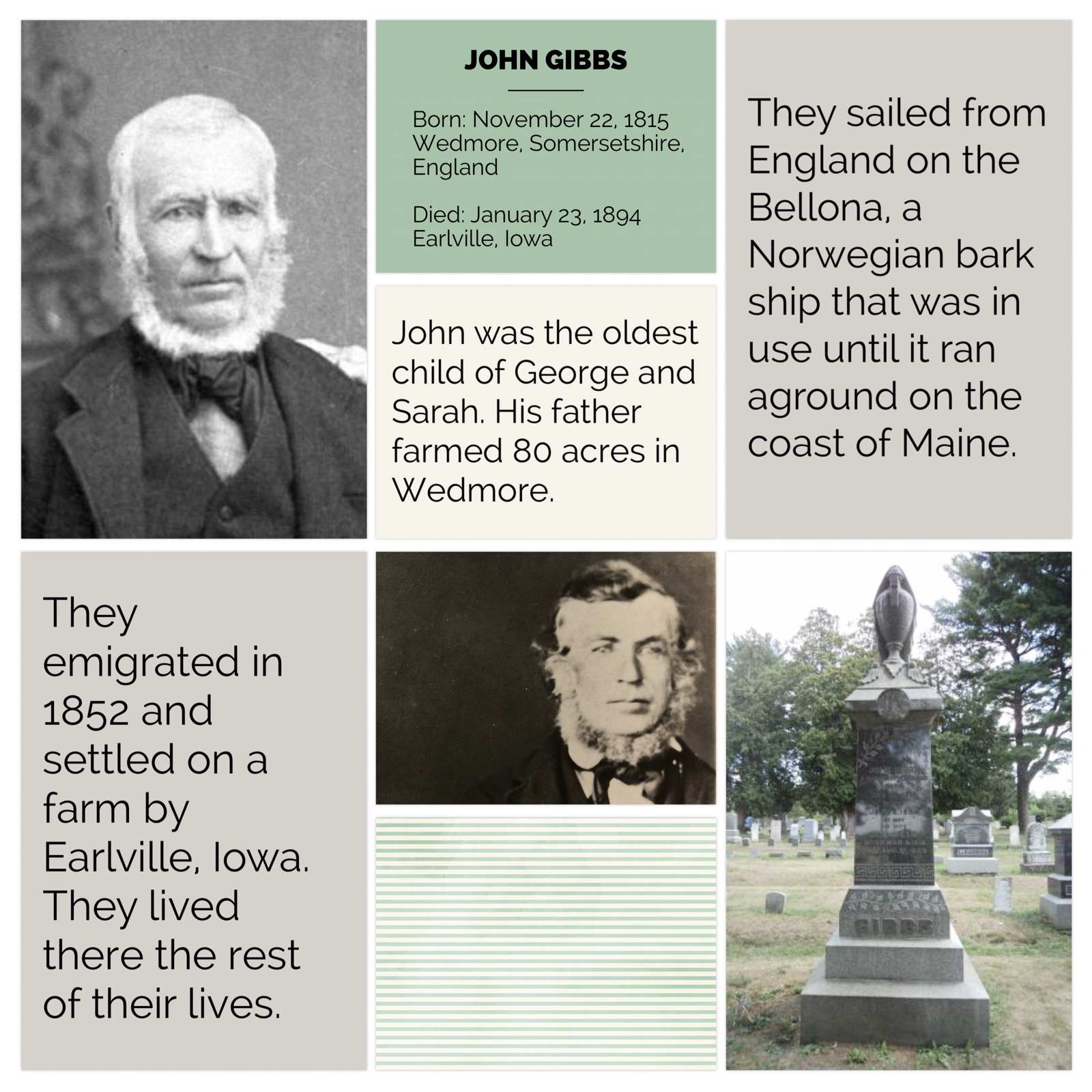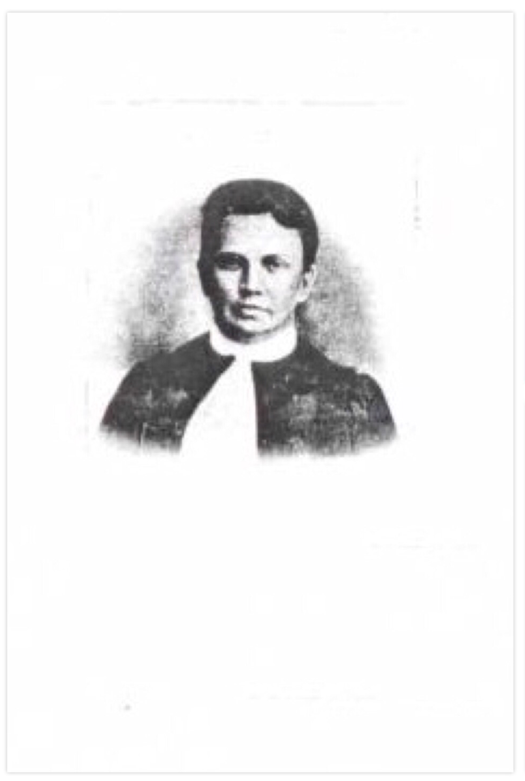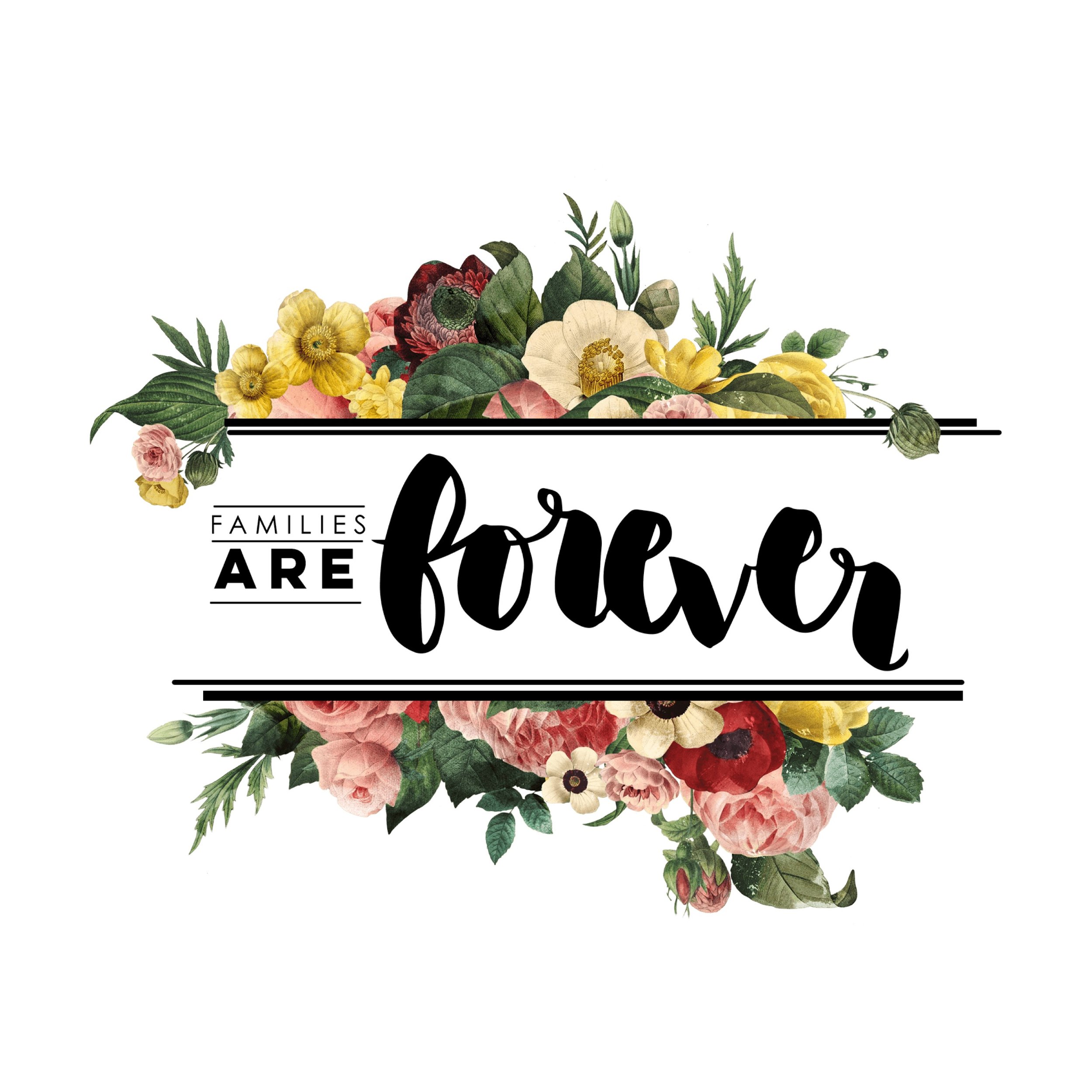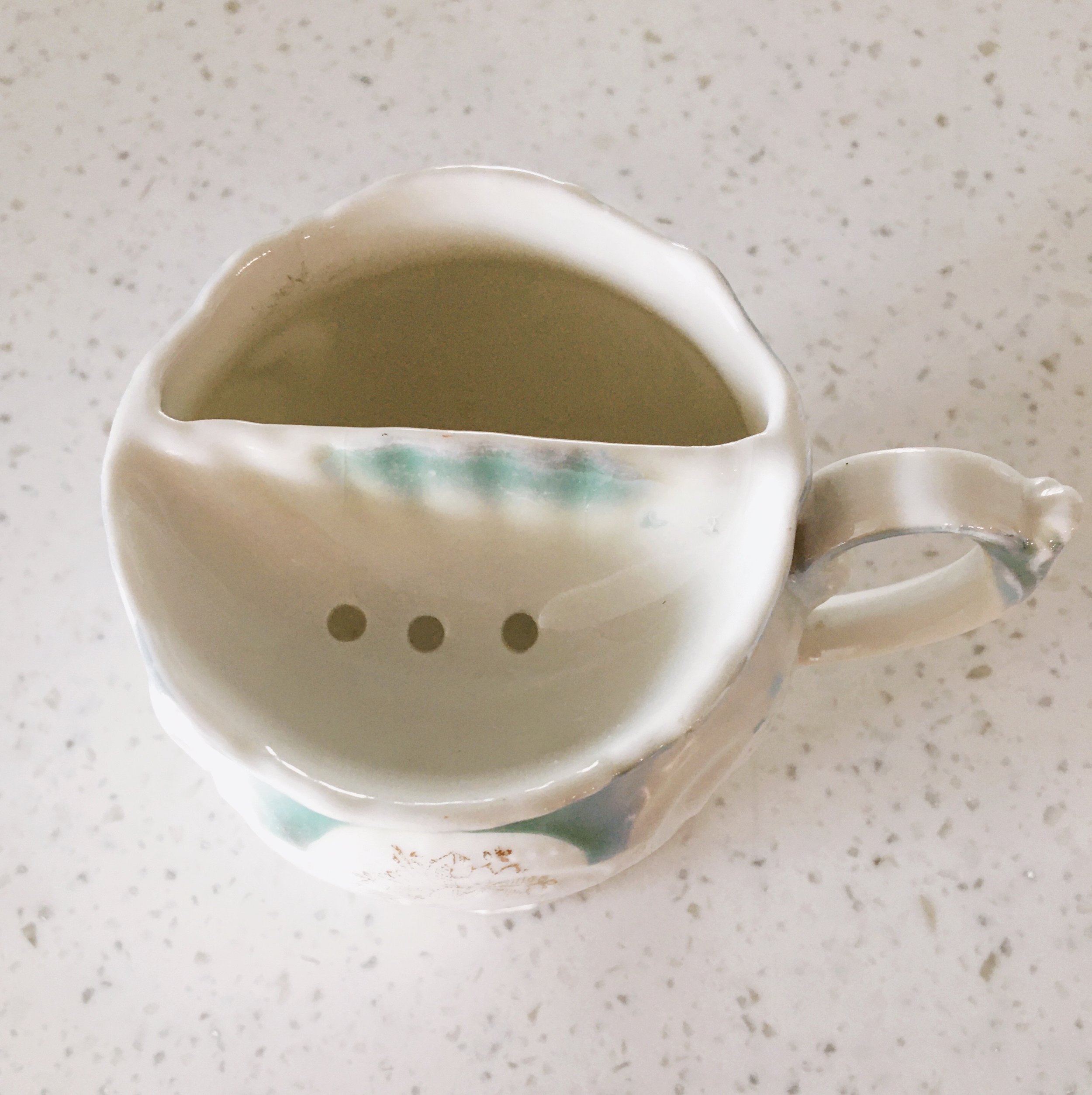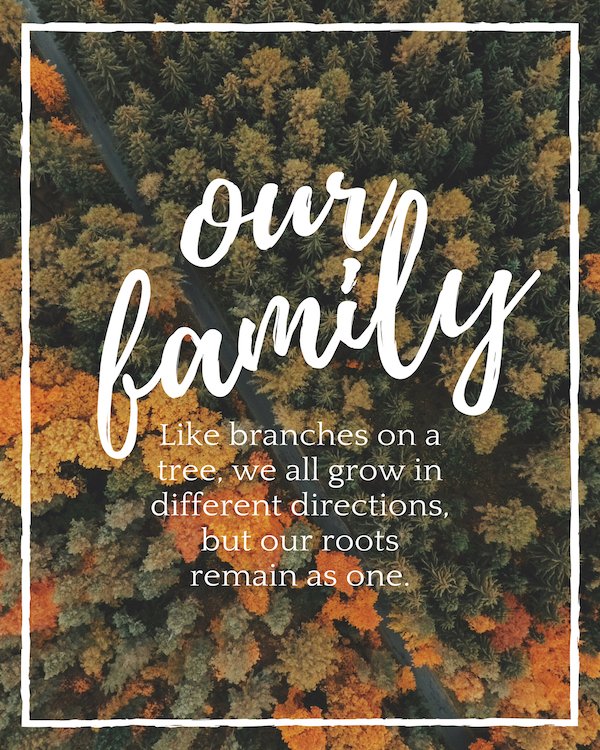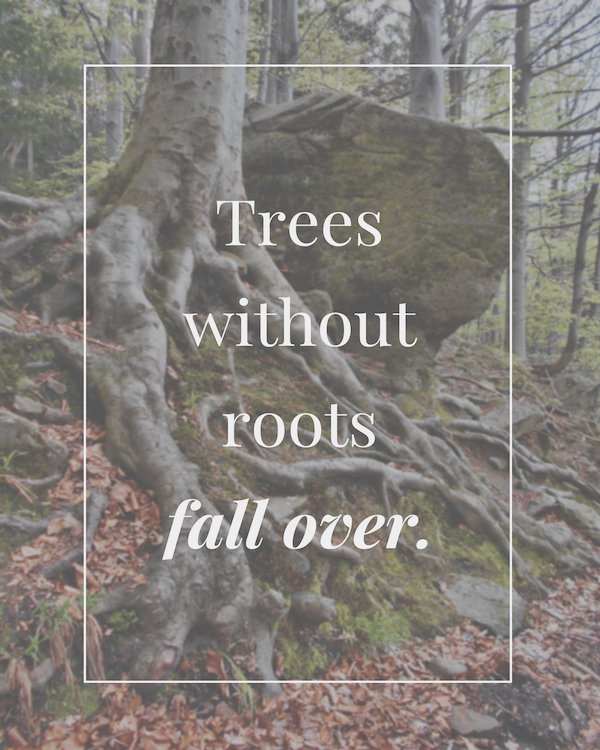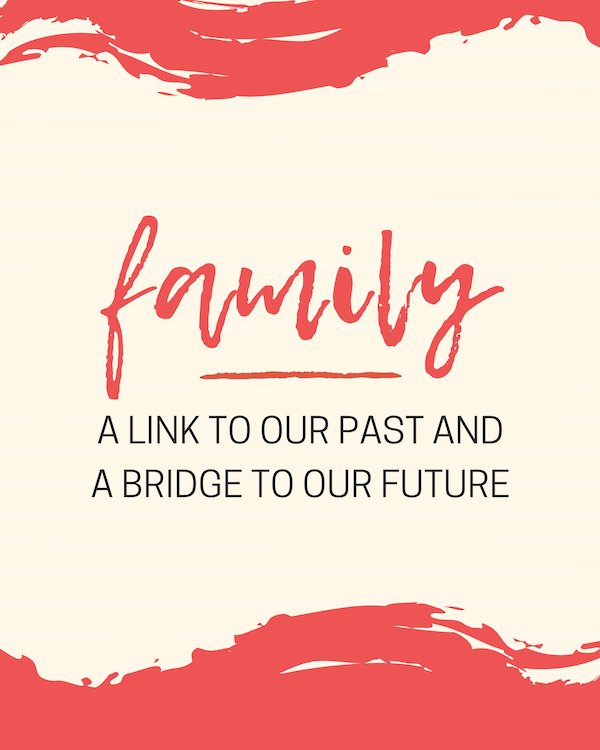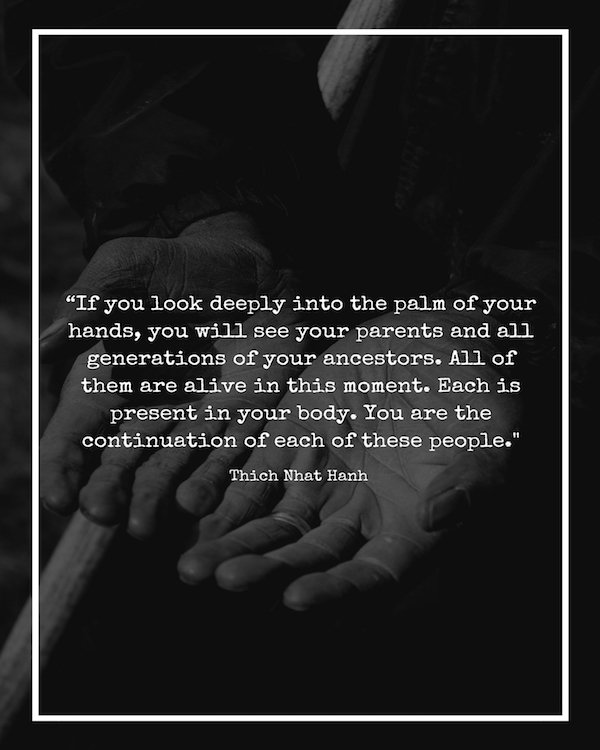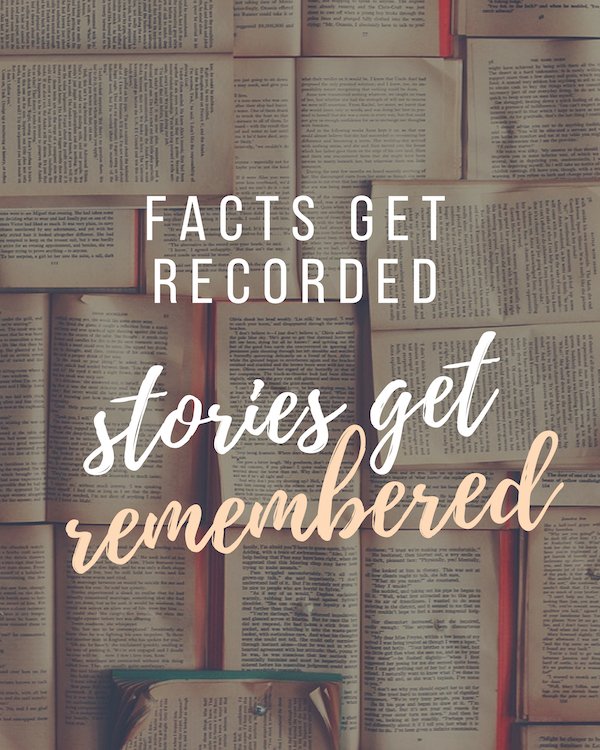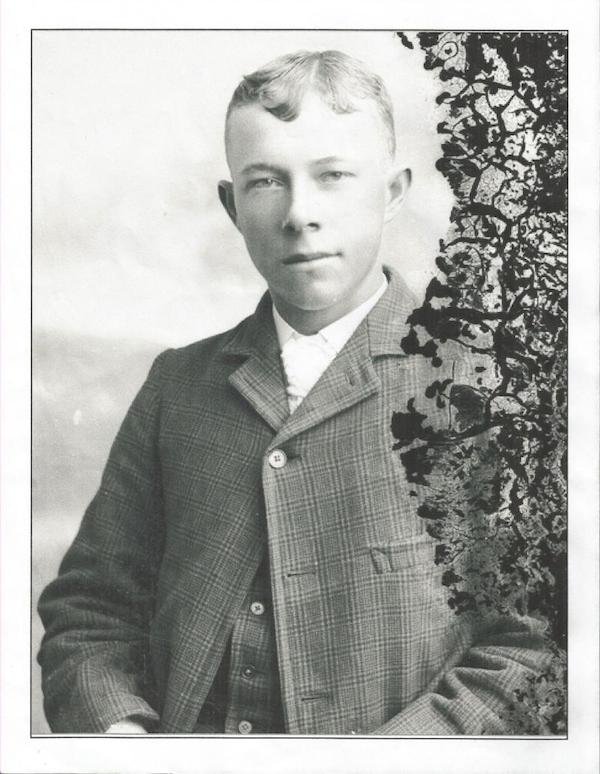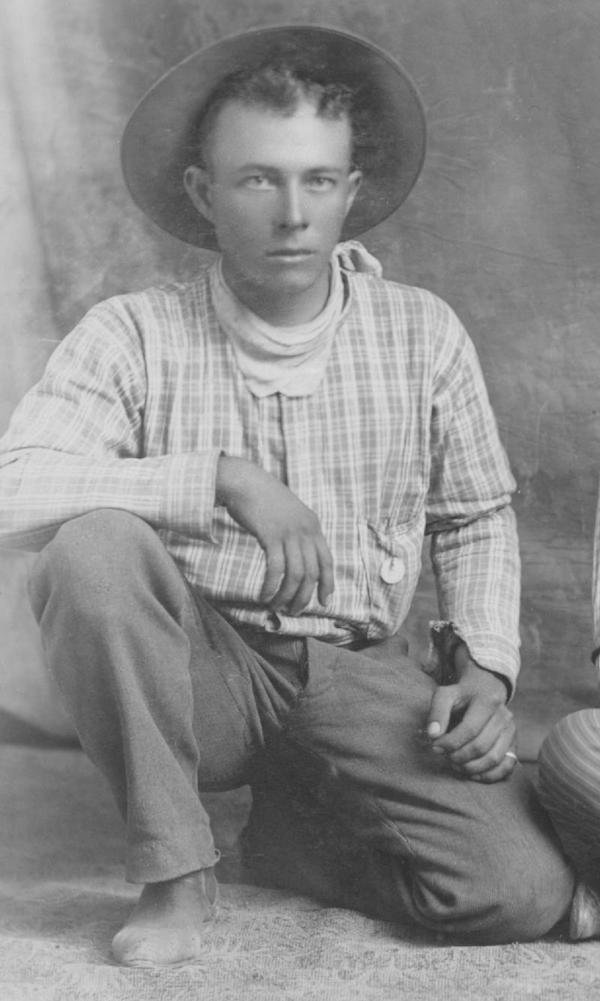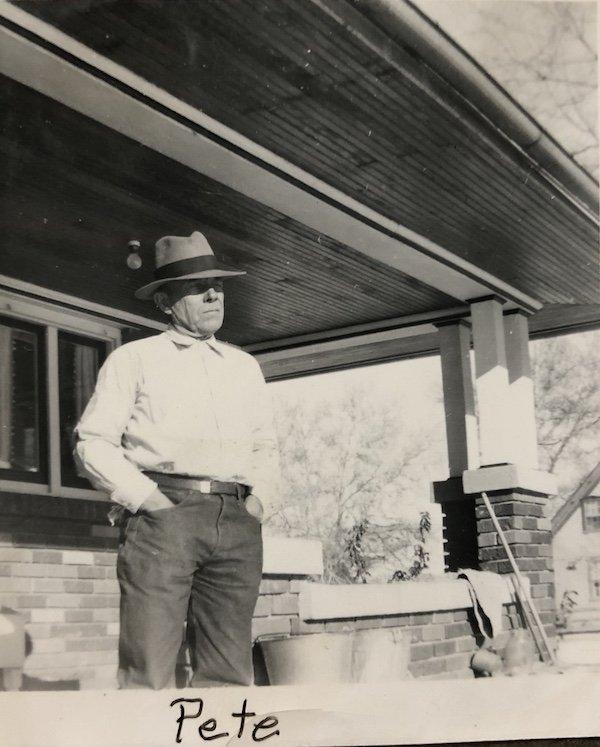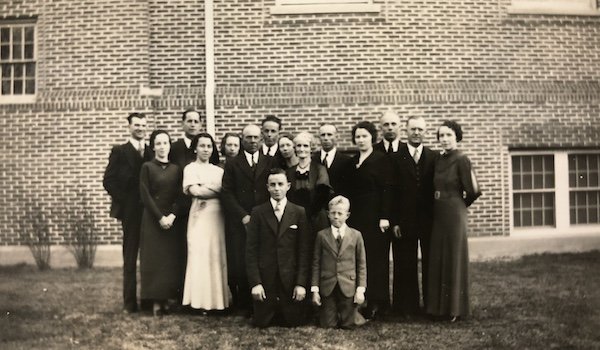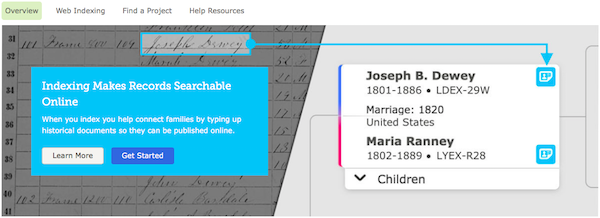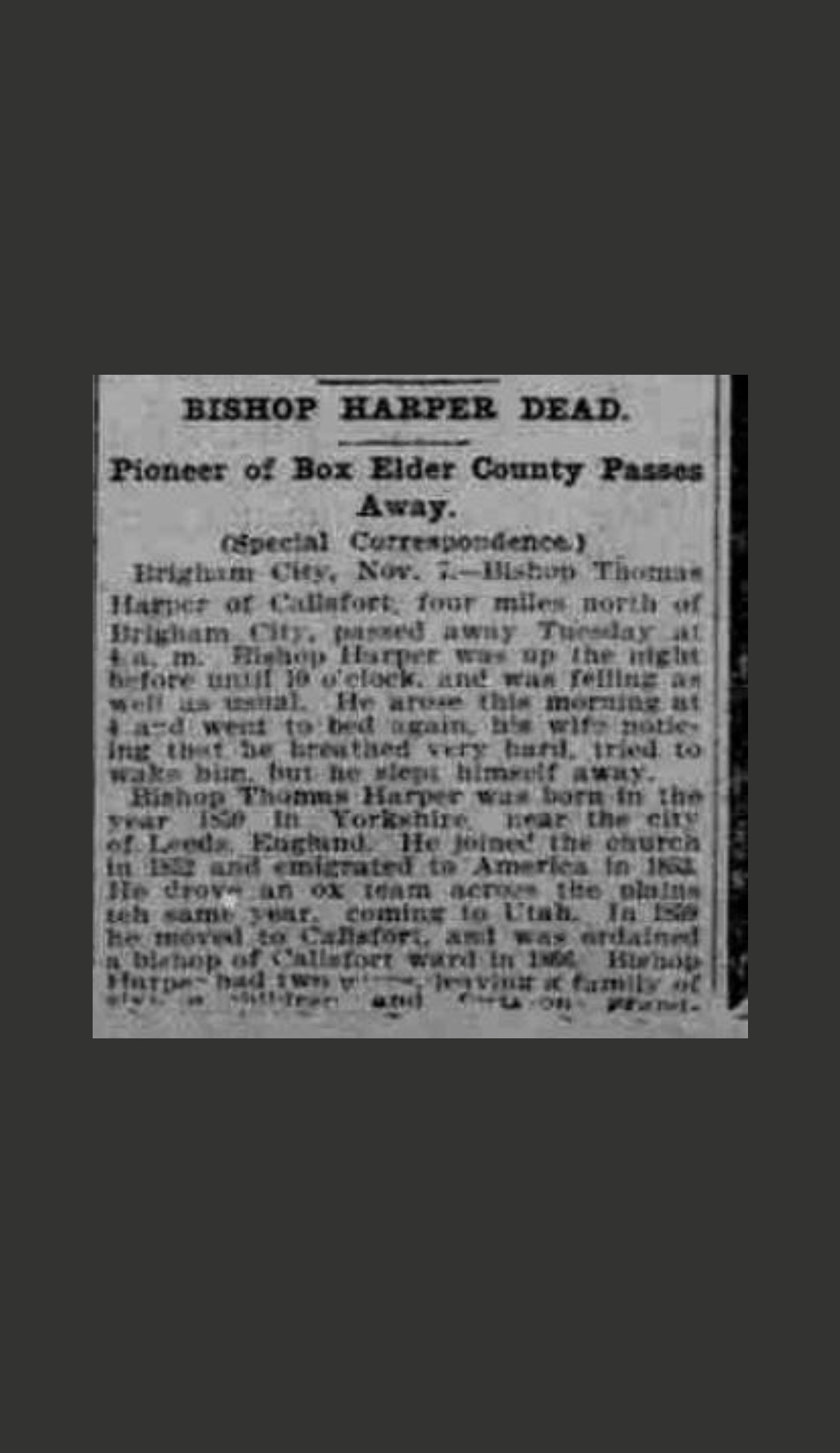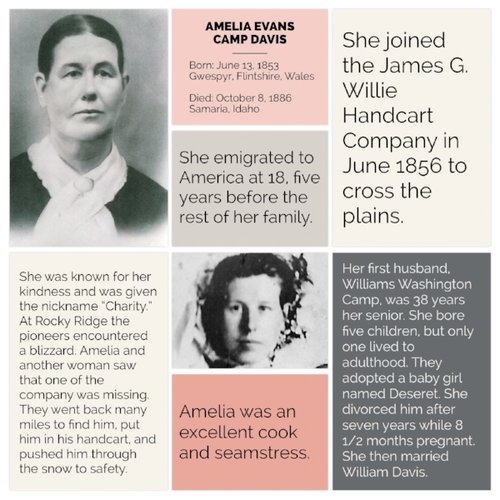I was looking through my craft supplies last year and found a bag of unused wood slices. I had seen artists on Instagram paint these gorgeous scenes on similar pieces to create Christmas ornaments, so I thought I’d give it a shot.
My painting skills are nothing special, so I tried to find inspiration that wouldn’t make me toss my paintbrush across the room. My ancestors are from England, Wales, and Denmark and my husband’s are from Scandinavian countries. I decided to focus on Nordic imagery for my ornaments.
I searched for seasonal Nordic folk art and attempted to recreate some of the simpler themes.
I had forgotten about this process until I was asked to be in charge of an ancestral-focused church activity for the girls aged 12-17. I placed a quick order from Amazon for wood slices and acrylic paint markers (less mess!) and prayed they’d arrive in time.
I thought this would make for a perfect holiday activity that could also educate them about their heritage. I asked each where the majority of their ancestors were from, either regionally or country of origin. Based on their answers, I dug into research for common folk art from each.
France
In both painting and needlework, there were many examples of Breton dancers, originating in Brittany, the Celtic region of France.
If you’ve heard the term “tole painting,” it stems from a French process of decorating tin or iron pieces. They’re commonly decorated with floral motifs and strokework.
Germany
This is more regional, but Edelweiss is a national symbol of Romania, Austria, Bulgaria, Slovenia, and Switzerland. It is found in remote mountain areas and, according to folk tradition, giving this flower to a loved one is a promise of dedication.
Traditional Bavarian costumes appear in much of Germany’s folk art with decorative jackets and aprons.
Ireland
The Celtic Tree of Life stemmed from actual trees that communities would leave in the center of town when they settled the land. It would provide shelter, a gathering place, and nourishment for animals, birds, insects, etc.
I used this heart to represent all Celtic Knots, but most have no beginning or end. Because of this, they commonly stand for eternity, whether it be loyalty, faith, friendship, or love.
Italy
Tin-glazed earthenware pottery was created primarily in Faience and Delft. Both it and the majority of Italian folk art uses a white, blue, and yellow color palette.
Russia & Ukraine
Matryoshka (little matron) Dolls, or nesting dolls, are highly recognizable as Russian folk art. When the early nesting dolls were created, all of them were presented with females as their biggest dolls. The main symbols of the matryoshka dolls were of depicting a woman’s fertility and their motherhood.
Petrykivka is a traditional Ukrainian decorative painting style originating in the village of Petrykivka, Ukraine, where it was traditionally used to decorate house walls and everyday household items. The distinctive features of this folk art style are its flower patterns and brush techniques.
Scandinavia
Post-Vikings, peaceful, nature-related motifs overtook Scandinavian folk art. They were full of flower, bird and human motifs, often referred to Scandinavian tales, legends and fables.
The dalecarlian horse, or dala horse, is a carved, painted wooden statue that was primarily used as a toy for children. It’s now become a symbol of Sweden.
Scotland
The Dress Act of 1746 attempted to bring warrior clans under government control by banning the tartan and other aspects of Gaelic culture. When the law was repealed in 1782, it was no longer ordinary Highland dress, but was adopted instead as the symbolic national dress of Scotland.
The Scottish Thistle is the national symbol for Scotland, representing bravery, devotion, durability, strength, and determination.
Wales
The lovespoon is said to have originated in Wales and was given to a young woman by her suitor, showing her father that the young man was able to provide for his future family through woodworking.
Gaudy Welsh pottery came about after World War II from American collectors. It was meant to signify Welsh ancestry. It’s known for its underglaze of cobalt blue, pink lustre, and russet. Many wouldn’t think of fancy pottery as folk art, but it wasn’t mass-produced, so it was made by small, regional companies.
(I didn’t include England in the mix since much of the folk art from there is represented in other countries. Also, there were a lot of farm animals. A. Lot.)
If your ancestral countries weren’t mentioned, do a search for folk art in that region. I learned quite a bit of why particular colors and mediums were used and how much has carried over into modern works of art.
